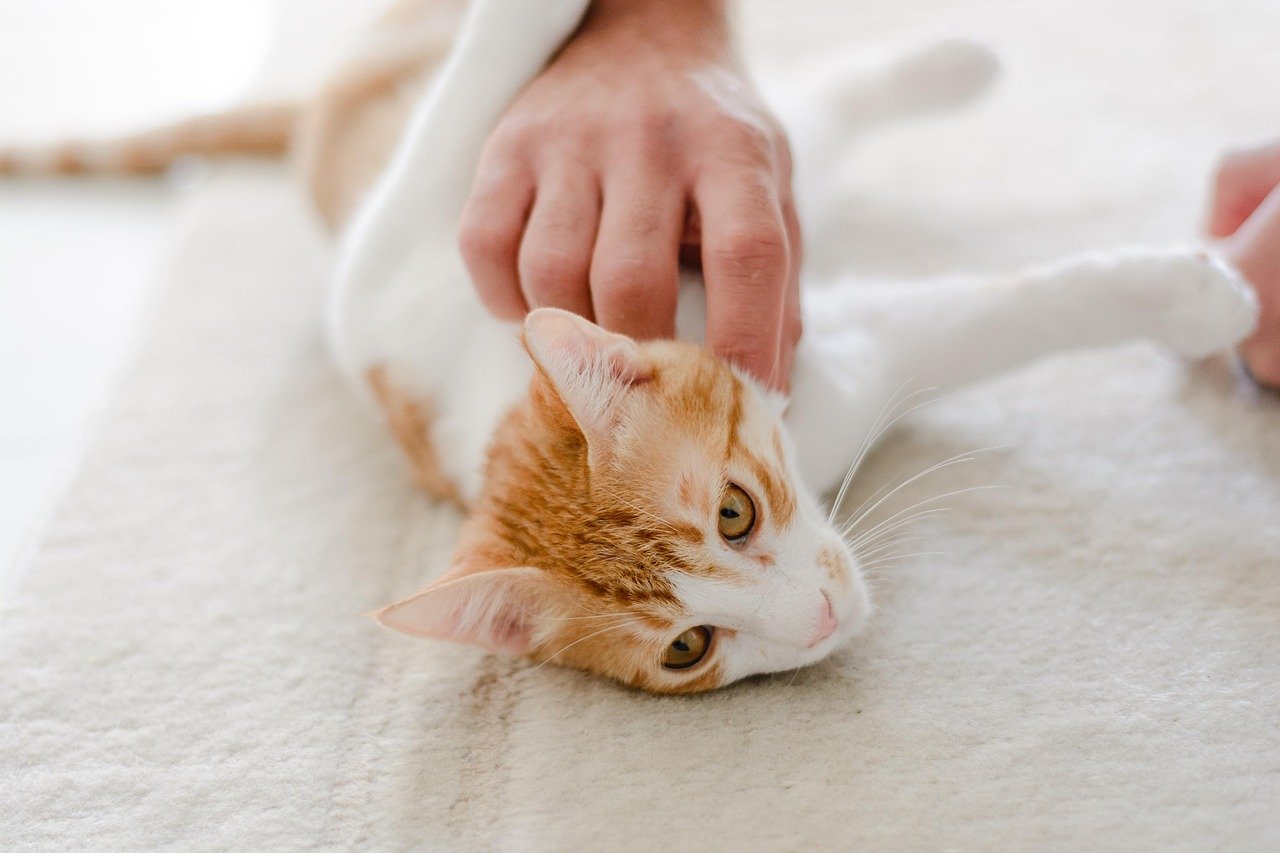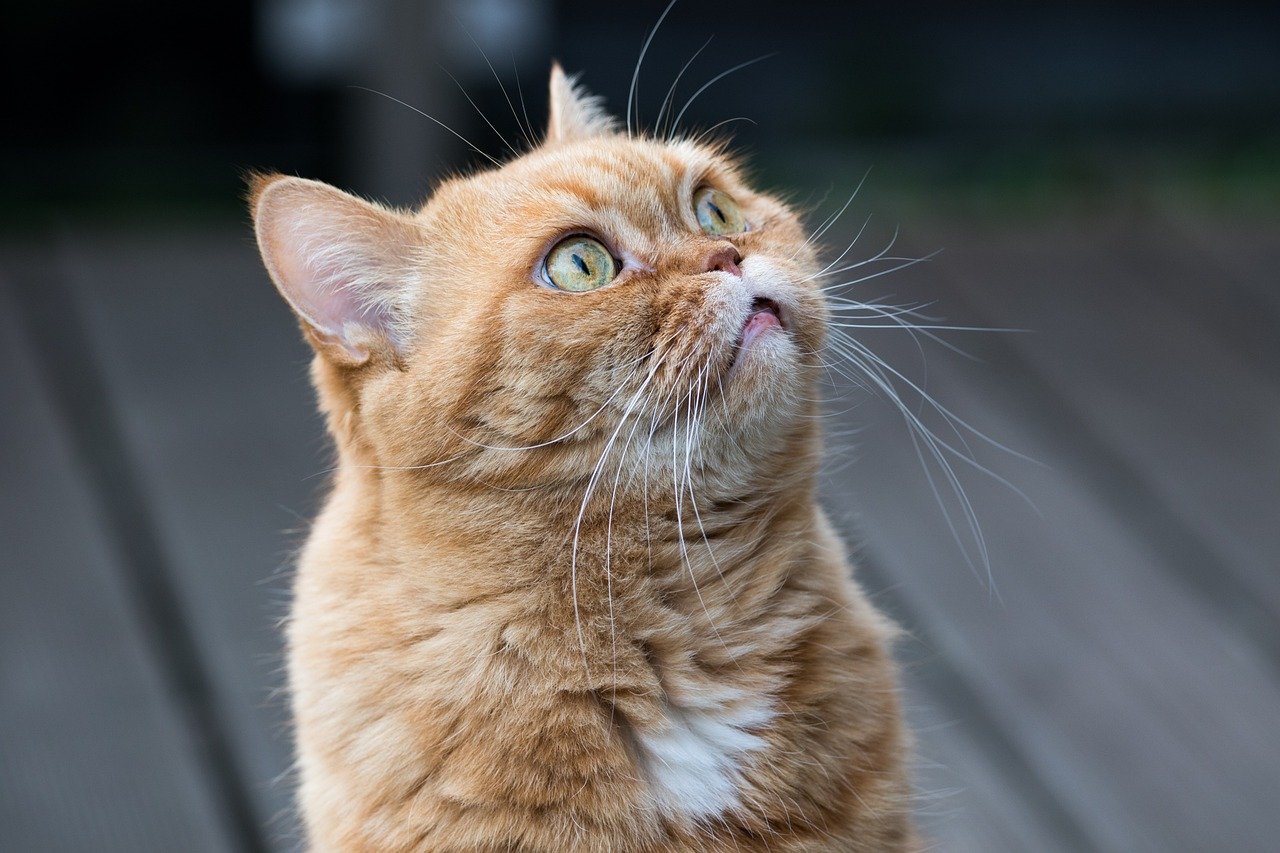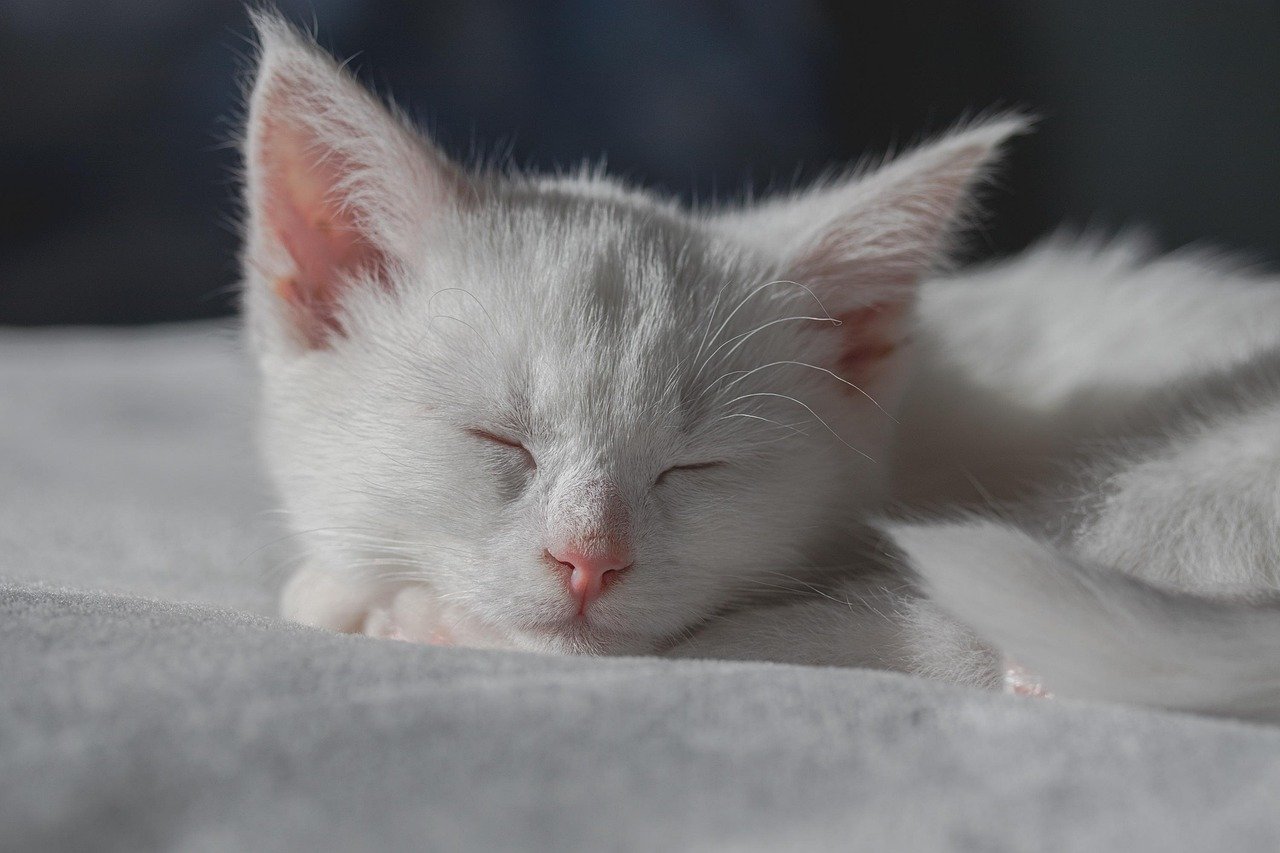Did you ever look into your cat’s eyes and feel like they’re silently judging your every move? You’re not alone. Cat lovers worldwide have noticed it: some cats don’t just act aloof — they behave as if they run the house. It’s both hilarious and a little humbling. But what if it’s not just an act? What if these furry little emperors are, in their own way, actually in charge? Let’s take a closer look at the many reasons why your cat might be the true boss of your home, and why, deep down, you probably wouldn’t have it any other way.
The Ancient Origins of Feline Authority

Cats have been revered and even worshipped for thousands of years, particularly in ancient Egypt. Back then, cats were symbols of grace, protection, and mystery. Pharaohs kept them close, and harming a cat could carry the gravest of punishments. This regal treatment left a lasting impression on the species, shaping their self-image for generations. Even today, many cats walk with a confidence that seems inherited from their royal ancestors. Their history of being worshipped might explain why cats often act like the masters of their domain. It’s not just attitude — it’s ancestry.
Body Language That Screams “Boss”

One of the most telling signs that a cat thinks it’s in charge is its body language. Cats move with a slow, calculated grace, often pausing to regard you with an intense gaze, as if weighing your worth. They stake out the highest points in the room, like the back of the couch or a tall bookshelf, giving them a literal and figurative upper hand. When a cat sits in the middle of a room, sprawled out and unbothered, it’s declaring its command over the territory. Their tails, too, signal authority — upright and quivering when pleased, or swishing irritably when not. Every motion is packed with meaning.
Cats Set the Rules — And We Follow

Ever notice how your daily routine bends around your cat’s schedule? Whether it’s feeding time, playtime, or nap time, cats have a knack for training their humans. If you’re late with breakfast, you might get a stern meow or a paw swat. If they want attention, they’ll plop down on your laptop or nudge your hand until you comply. Over time, we learn to anticipate their needs, often adjusting our habits to make life easier for them. In a quiet, subtle way, cats have mastered the art of leadership by getting us to do what they want without ever raising their voices.
The Power of the Purr

The sound of a cat purring is soothing, almost hypnotic. But did you know it’s also a tool of persuasion? When a cat wants something, it will often curl up beside you and start purring, melting away your resistance. This isn’t just affection — it’s strategic. Studies have shown that the frequency of a cat’s purr can even trigger a caregiving response in humans. It’s as if cats have developed a secret weapon, using their purrs to bend us to their will while we think we’re just being loving owners.
Territory: The Cat’s Kingdom

In the wild, cats are fiercely territorial. This instinct carries over to their life in your home. Your cat sees every inch of the house as its domain, from the windowsill to the laundry basket. If you introduce something new — a piece of furniture or even a guest — your cat will inspect and, if necessary, “approve” the change. Scent marking, through rubbing their cheeks or leaving fur behind, is their way of claiming what’s theirs. This sense of ownership makes cats act like rulers of their castle, and everyone else just lives in it.
The Art of Selective Attention

Cats are notorious for ignoring commands, calls, and even their names — unless it suits them. This selective attention isn’t rudeness; it’s a subtle assertion of independence. While dogs rush over when called, cats often glance in your direction, weigh their options, and then decide if it’s worth their time. Their ability to tune us out is almost enviable, and it reinforces the idea that they engage on their own terms. When a cat chooses to pay attention, it feels like a privilege, not a right.
Manipulating With Meows

Cats don’t meow at each other in the wild — they developed this vocal behavior mostly to communicate with humans. Some cats have entire “vocabularies” of meows, chirps, and trills, each with its own meaning. A plaintive meow can tug at your heartstrings, while a commanding yowl might have you jumping to refill the food bowl. This vocal manipulation is incredibly effective. Over time, we learn to interpret our cat’s sounds and respond accordingly, often without even realizing we’re being trained.
Claiming the Best Spots

If there’s a soft blanket or a warm patch of sunlight in your home, your cat has probably claimed it. Cats have a sixth sense for comfort, and they always end up in the coziest, most desirable places. Sometimes, they’ll even nudge you out of your seat or curl up on your favorite sweater. This isn’t just about warmth — it’s a statement. By occupying the best spots, cats remind us who’s really in charge of the household real estate.
The Ritual of Feeding Time

Few things reveal a cat’s authority like mealtime. Many cats will demand food at the same time every day, often waking you up early with insistent meowing or gentle paw taps. Ignore them, and you might find yourself the target of a relentless campaign — pacing, staring, or even knocking things off shelves. The ritual of feeding is more than a necessity; it’s a power play. By dictating when and how they eat, cats reinforce their control over the household routine.
Training Humans: A Subtle Skill

Ask any cat owner, and they’ll tell you: it’s not the cat who gets trained, but the human. From opening doors to providing treats on command, we quickly learn to cater to our cats’ preferences. Sometimes, we even change our own habits — like tiptoeing to avoid waking a sleeping cat, or rearranging furniture to create better perches. This subtle training is a testament to the cat’s intelligence and social savvy. It’s almost like living with a tiny, furry life coach who always gets their way.
Enforcing Quiet Time

Cats are creatures of ritual, and many insist on regular periods of quiet and calm. If the house gets too noisy, they might retreat to a secluded spot or give you a disapproving look. Some cats even “shush” their humans with a stern glare or a warning meow. Over time, you learn to respect their need for peace, lowering your voice or turning down the music during nap time. In this way, cats control the atmosphere of the home, ensuring it stays just as they like it.
Guardians of the Doorways

Have you ever tried to leave a room, only to find your cat sitting squarely in the doorway? Cats often position themselves in these strategic spots, as if guarding the threshold. Sometimes, they refuse to move until you give them a scratch or acknowledge their presence. This behavior isn’t just quirky — it’s a way for cats to monitor the comings and goings in their territory. By controlling access, they assert their dominance and remind you who’s really in charge of the household flow.
Supervising Household Activities

Whether you’re cooking, cleaning, or working from home, chances are your cat is nearby, supervising your efforts. Some cats will even sit right on your work, as if to say, “You’re not done until I say you’re done.” Their curiosity keeps them involved in every aspect of your life, and their presence often feels like a silent critique. This tendency to oversee everything is another way cats establish their authority, making sure that nothing happens without their input.
The “If I Fits, I Sits” Mentality

If you’ve ever seen your cat squeeze into a too-small box or a tiny basket, you know the “if I fits, I sits” rule. Cats have a magical ability to wedge themselves into the most improbable spaces, claiming them as their own. This isn’t just about comfort — it’s a declaration of ownership. By taking over every nook and cranny, cats reinforce the idea that the entire house is their playground, and we’re just visitors in their world.
The Aloofness That Commands Respect

Unlike dogs, who often crave constant human attention, cats are masters of aloofness. They’ll accept affection when they want it, then saunter away without a backward glance. This independent streak commands respect, making us value their attention even more. When a cat chooses to curl up on your lap, it feels like an honor — a rare moment of connection. Their selective affection keeps us guessing, and in the game of emotional poker, they always hold the winning hand.
Demanding Attention on Their Terms

Cats are experts at demanding attention exactly when it suits them. Maybe you’re on a Zoom call, or deep in an important project — that’s precisely when your cat decides it’s time for cuddles. They’ll head-butt your hand, walk across your keyboard, or nuzzle your face, refusing to be ignored. This insistence on attention, delivered on their own schedule, is yet another example of feline control. After all, when the boss says it’s time for a break, you listen.
Establishing Boundaries — And Enforcing Them

Every cat has its own set of boundaries, and woe betide anyone who crosses them. Some hate belly rubs, others despise being picked up, and most will let you know — with a quick swipe or a stern hiss. These boundaries are non-negotiable, and over time, you learn to respect them. By setting clear limits, cats train us to interact with them on their terms, reinforcing their role as the true decision-makers in the relationship.
Social Hierarchies in Multi-Cat Homes

In homes with more than one cat, a clear social hierarchy often emerges. One cat might always get the best sleeping spot, the first bite of food, or the coveted window perch. These subtle power dynamics are fascinating to observe, and they mirror the ways cats interact in the wild. Even among humans, the “top cat” often demands the most attention and sets the tone for the household. Understanding these hierarchies helps explain why some cats act with so much confidence — they know they’re at the top of the pyramid.
The Look That Says It All

Sometimes, all it takes is a single look from your cat to remind you who’s boss. Whether it’s a slow blink of approval or a piercing stare of disapproval, cats communicate volumes with their eyes. These looks can stop you in your tracks, make you rethink your actions, or simply melt your heart. The power of a cat’s gaze is almost magical, and it’s a key part of their ability to command respect without saying a word.
The Joy of Serving Your Feline Overlord

For all their bossy ways, cats bring endless joy to our lives. Their quirks, demands, and little power plays make every day interesting. We joke about being “staff” to our cats, but the truth is, we wouldn’t have it any other way. Their sense of authority, coupled with their affection, creates a bond that’s both humbling and heartwarming. In a world that often feels chaotic, there’s something comforting about knowing exactly who’s in charge — even if it’s a creature who sleeps eighteen hours a day and still expects dinner on time.
Hi, I’m Bola, a passionate writer and creative strategist with a knack for crafting compelling content that educates, inspires, and connects. Over the years, I’ve honed my skills across various writing fields, including content creation, copywriting, online course development, and video scriptwriting.
When I’m not at my desk, you’ll find me exploring new ideas, reading books, or brainstorming creative ways to solve challenges. I believe that words have the power to transform, and I’m here to help you leverage that power for success.
Thanks for stopping by, Keep coming to this website to checkout new articles form me. You’d always love it!






